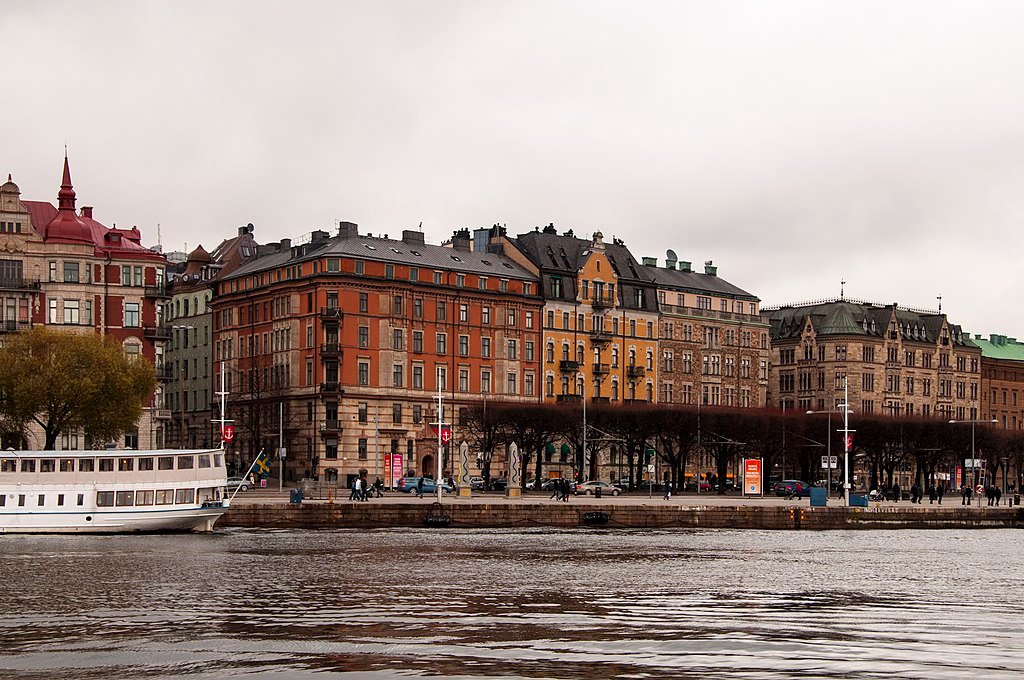
15 Things to Visit in Stockholm (Sweden)
The Swedish capital is a cosmopolitan city with a convoluted old town, hip young neighbourhoods, and a bustling city centre. Stockholm, which is spread among 14 islands in Lake Mälaren, invites you to wander and explore where you wind up. Ferries are a great way to travel, and there are over 50 bridges in the city’s centre alone. Get the Stockholm Pass to receive free admission to more than 60 sites, as well as access to the hop-on, hop-off bus and boat tours. Stockholm is much ahead of the curve when it comes to fashion, design, and music, and many of the hippest spots for dining and shopping area on the island of Södermalm south of the city centre. Djurgrden, a forested island where the city retreats for recreation, culture, and enjoyment, is home to the majority of the museums and family-friendly attractions. Let’s look at the greatest activities in Stockholm:
- Swedish History Museum
- Fotografiska
- The City Hall
- ABBA: The Museum
- Gröna Lund
- Modern Art Museum
- Prins Eugen Waldemarsudde
- The Medieval Museum
- Gamla Stan
- Monteliusvägen
- Vasa Museum
- Junibacken
- Royal Palace
- Strandvägen
- Skansen
Swedish History Museum
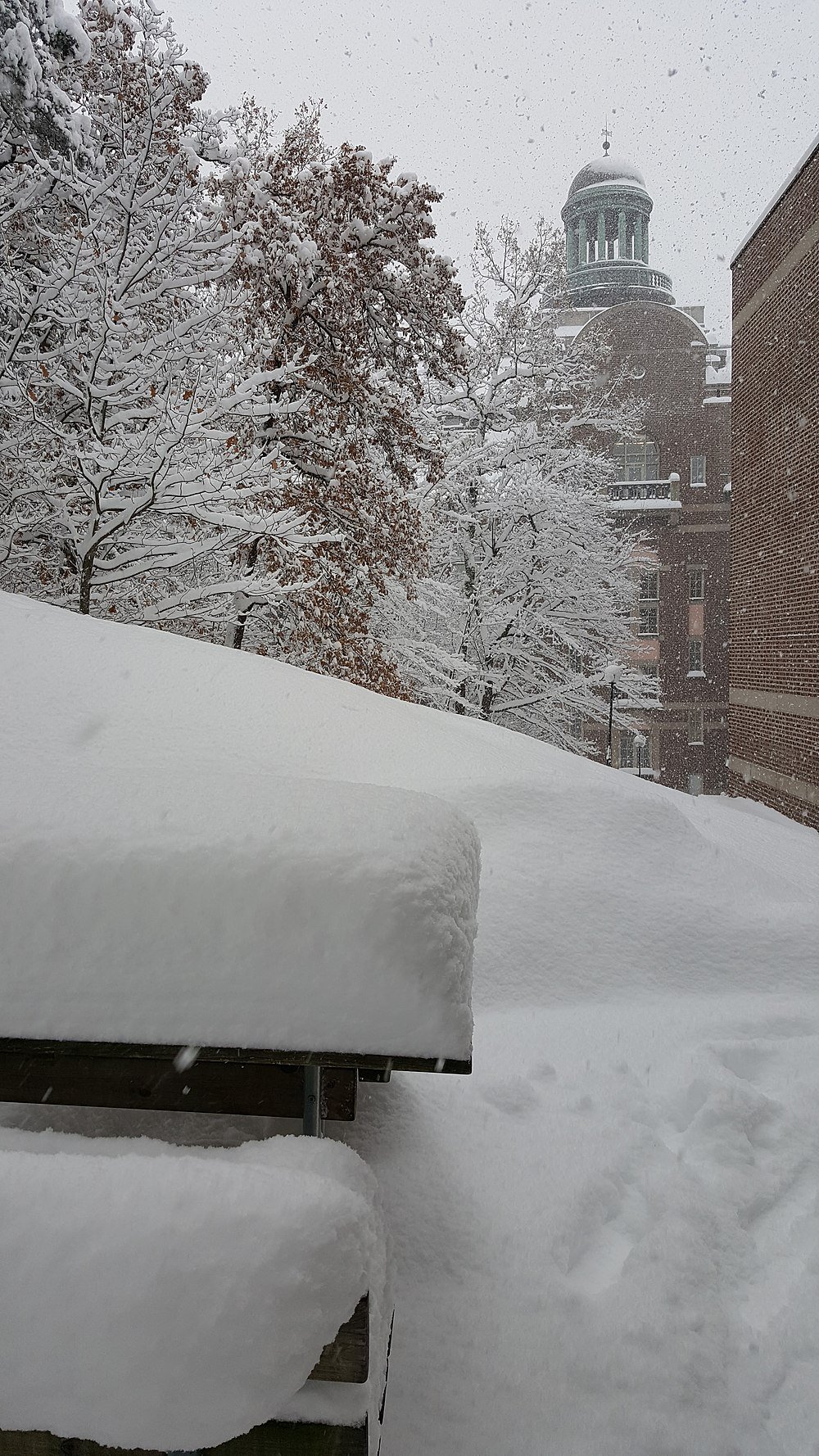
The art collection of King Gustav Vasa from the sixteenth century, which developed with succeeding kings as the Empire flourished, serves as the foundation of the Swedish History Museum. Now you’ll get a full chronology of Swedish history from prehistory to the present day, with special attention to the exploits of the Vikings. The Gold Room, which has more than 3,000 items spanning 3,500 years of Swedish history, is really magnificent. The gold collars created here from Roman gold coins that were melted down between 300 and 500 are unforgettable. The Viking collection is as comprehensive as you might anticipate it to be and includes artefacts from the Birka trading station and the Mästermyr tool chest.
Fotografiska
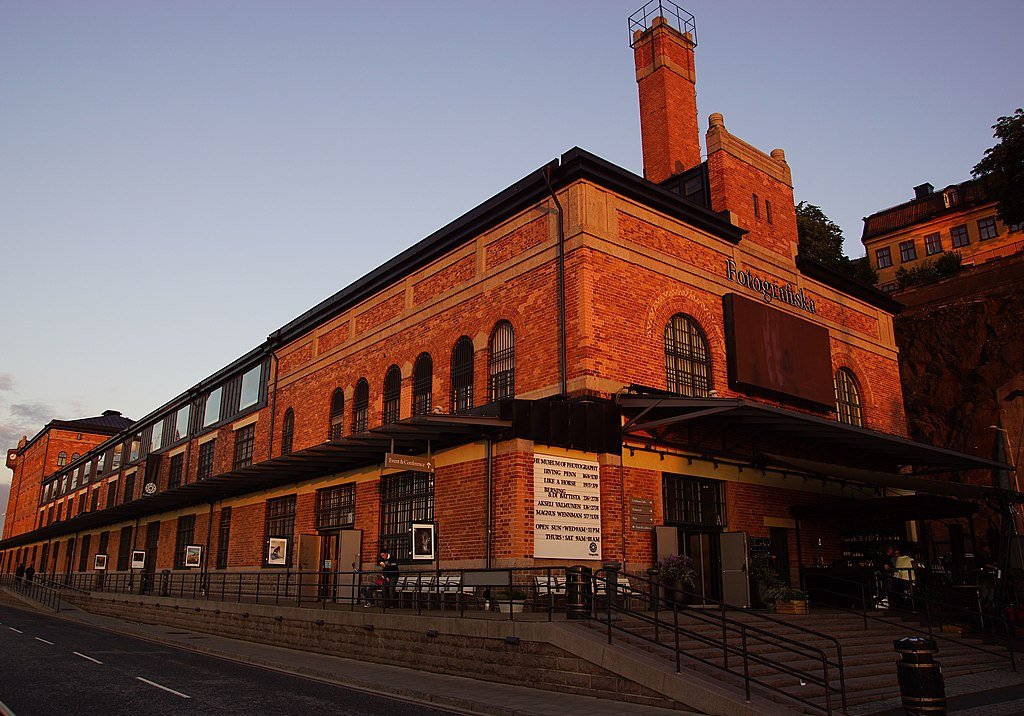
One of the best photography museums in the world is located on Södermalm by the water. The attraction is housed in a former customs building, and the location is the historic quay at Stadsgrden. Fotografiska hosts 20 smaller exhibitions each year in addition to four well-known exhibitions, so no two visits are ever the same. Just to give you a brief introduction, some of the great photographers recently exhibited here are Robert Mapplethorpe, Guy Bourdin, Irving Penn, and Akseli Vamunen (Young Nordic Photographer of the Year in 2016). You may contemplate Djurgrden from a table at the top-floor cafe, whose restaurant is highly praised and has begun to win honours.
The City Hall
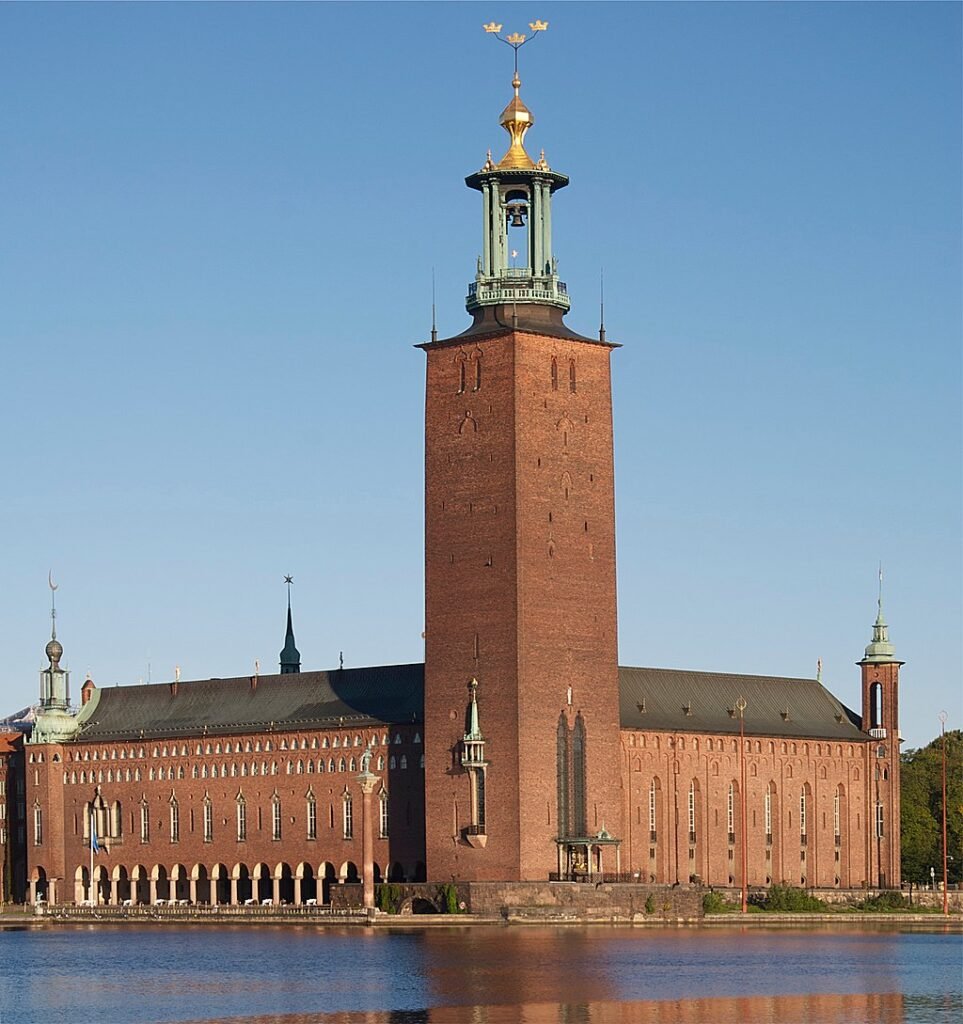
The City Hall, distinguished by its 106-meter tower and spire, is one of the structures that help Stockholm stand out as Stockholm. Eight million bricks were used to construct this architectural masterpiece, which was unveiled in June 1923, 400 years to the day after Gustav Vasa arrived in the city. It is the epitome of Nordic National Romanticism. The interior’s grandeur is mesmerising, especially those of the Blue Hall, where the Nobel Banquet is held each December. The Golden Hall, which is covered with 18 million gold mosaic tiles, hosts a dance following dinner. Any visit must include climbing the tower to get a view of Stockholm.
ABBA: The Museum
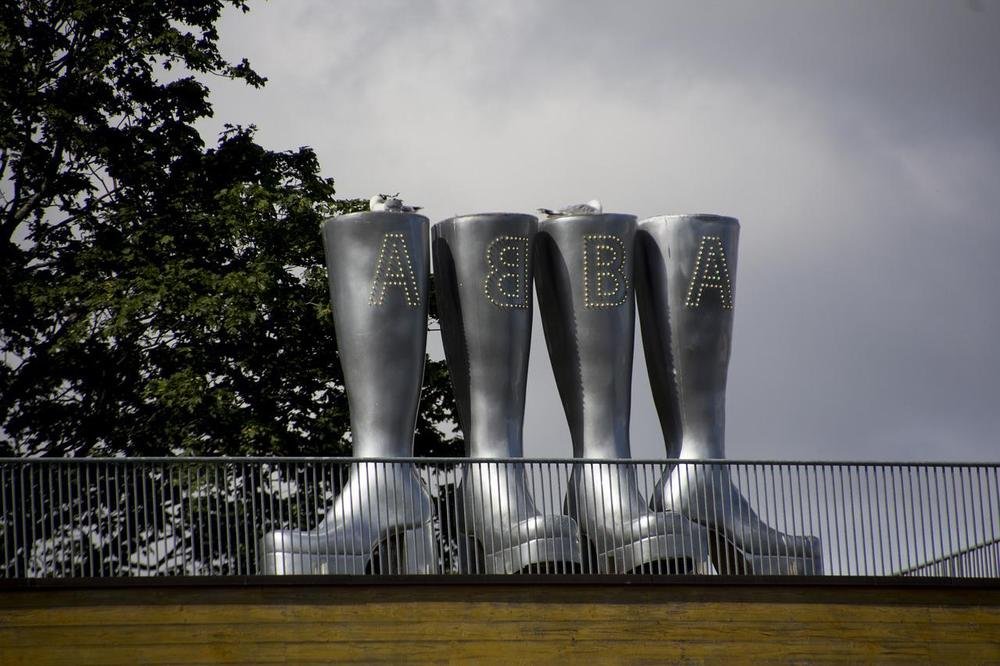
There is no escaping the cultural impact of Sweden’s largest pop star, regardless of your opinion. Even now, more than three decades after their breakup, their music can be heard in numerous films, TV shows, and, of course, the blockbuster musical Mamma Mia. The museum is packed with ABBA memorabilia and creative details that will delight aficionados. One is Benny Andersson’s piano, which plays anything he is playing at home and is connected remotely to the piano at his home. Additionally, only the four ABBA members are aware of the number of the Ring Ring phone. You can travel back in time to 1974 and enjoy the 1974 Eurovision Song Contest, which ABBA won with “Waterloo,” launching their career.
Gröna Lund
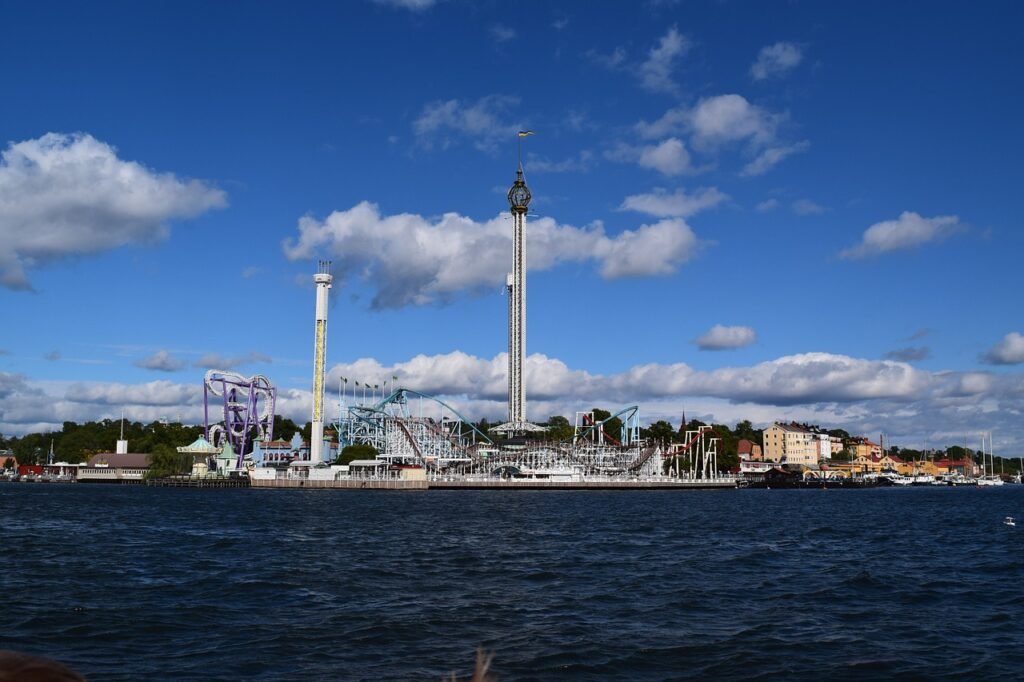
The oldest amusement park in Sweden, Gröna Lund, is located in Djurgrden, and despite its 1883 founding, it is still extremely modern. Every few years, brand-new roller coasters are released, such as the cutting-edge “Insane,” where you will spend half the ride upside down. Another is “Eclipse,” a swing ride with a height of more than 120 meters. The younger guests will have a blast on tea cups, carousels, bumper cars, and running through fun houses away from the terrifying attractions. Paul McCartney, Bob Marley, and ABBA are just a few of the well-known performers that have performed at the park concerts throughout the summer.
Modern Art Museum
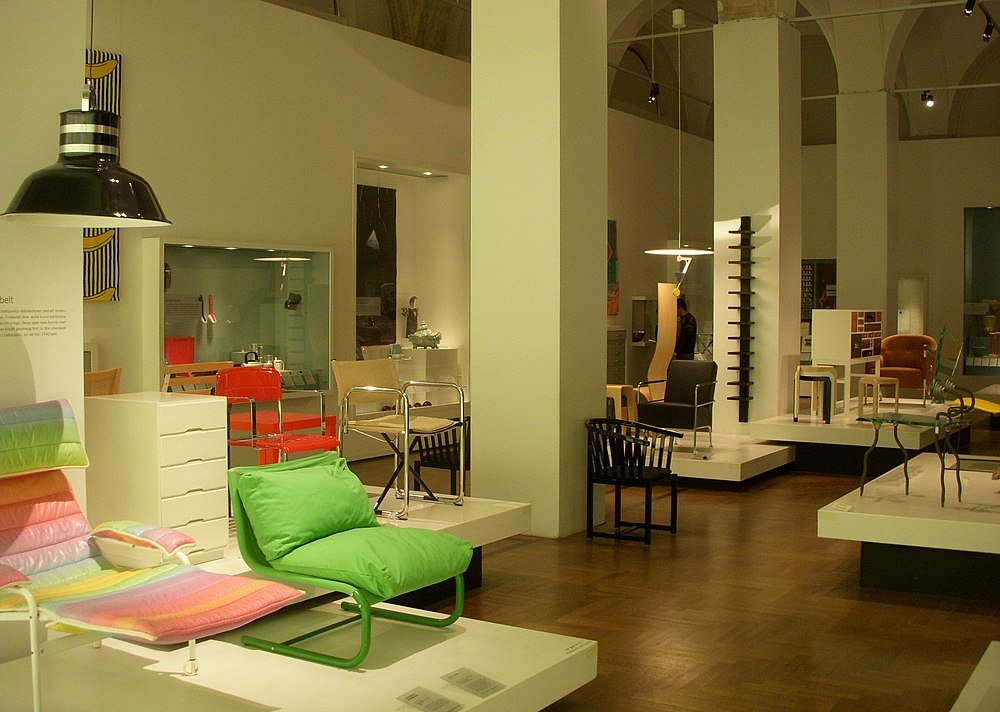
On the island of Skeppsholmen at the Baltic Sea entrance to the city is the pick of Stockholm’s superb institutions for modern and contemporary art. The museum moved into this Rafael Moneo-designed structure towards the end of the 1990s after beginning operations in a decommissioned military structure in the 1950s. Even casual art enthusiasts will be familiar with names like Picasso, Marcel Duchamp, Henri Matisse, and Salvador Dal. Additionally, visitors travel specifically to eat at the museum’s restaurant, which overlooks Djurgrden. The sculpture also features creations by Picasso, Dan Graham, and Alexander Calder.
Prins Eugen Waldemarsudde
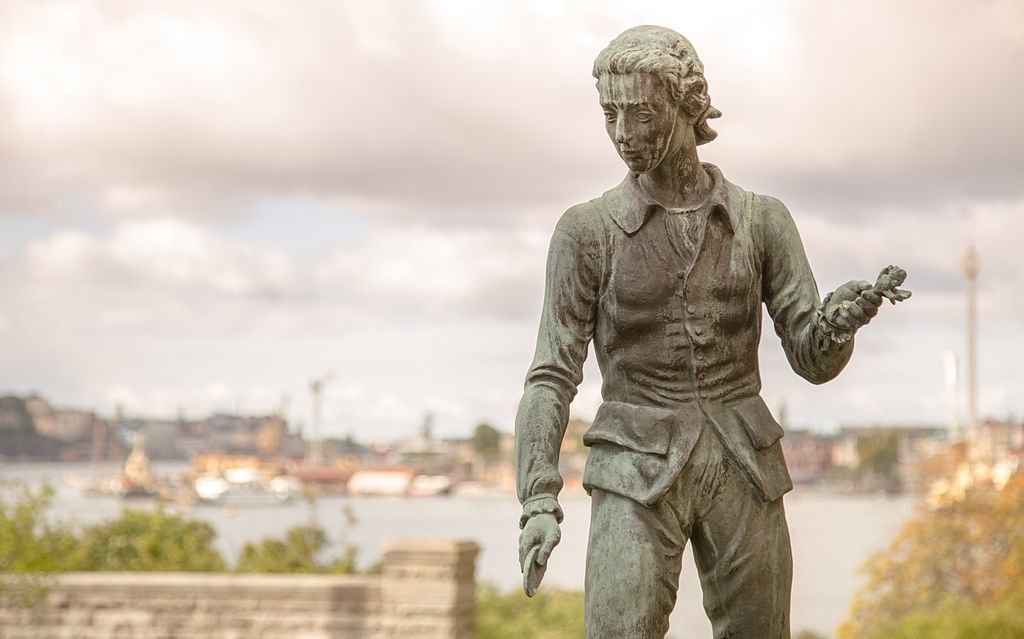
Prince Eugen’s estate on Djurgrden offers a glimpse into early 20th-century royal life. Eugen was a leisurely individual who immersed himself in the realm of art. He was a well-known patron and collector who had studied fine art in Paris when he was younger. On an estate with structures dating back to the 18th century, Eugen’s Art Nouveau home is decorated with works from his collection as well as his own landscape paintings. All of this is situated on a small peninsula surrounded by an old oak forest, with the skyline of the city in the distance and the canal connecting Stockholm to the Baltic in front of it. Early summer is a delight in the estate’s flower garden, and there is also a sculpture garden featuring pieces by artists like Auguste Rodin.
The Medieval Museum
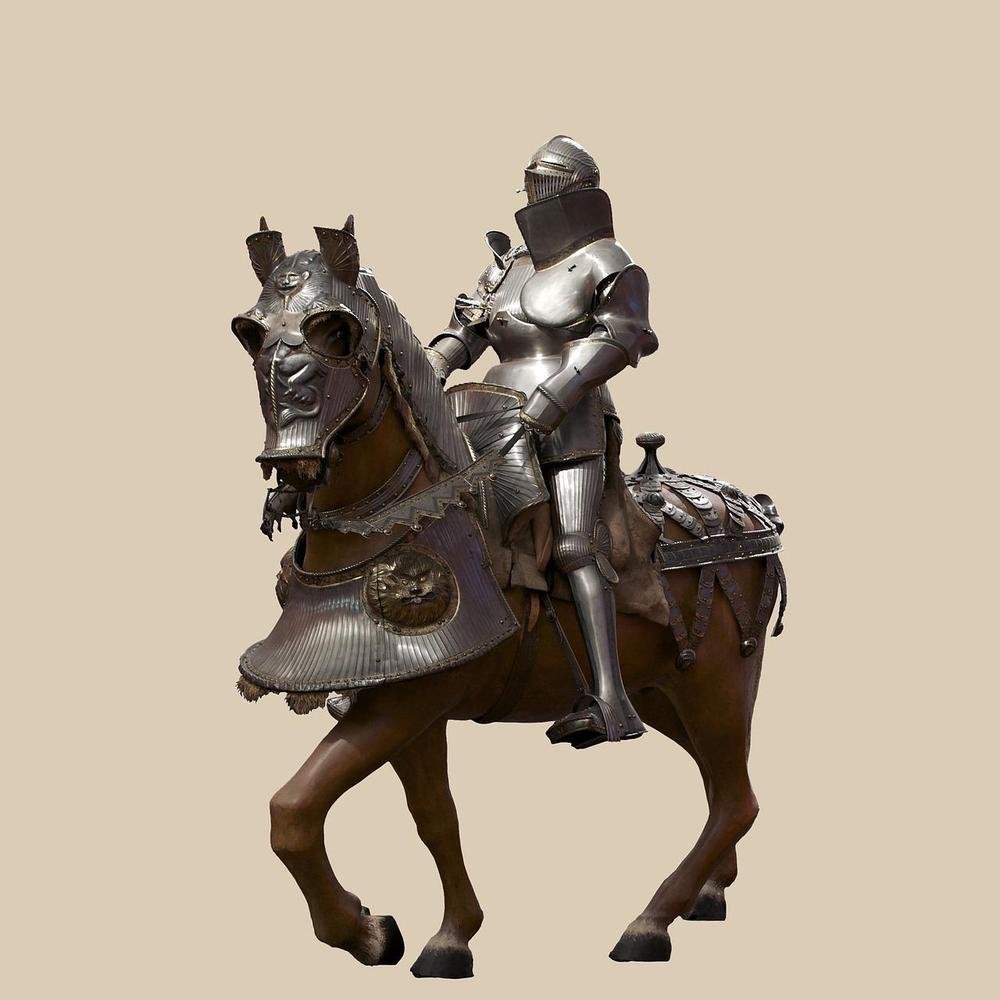
During the construction of an underground parking garage in the 1970s, portions of Stockholm’s medieval city walls were discovered. This 55-meter-long structure, which is located beneath the Norrbro Bridge, is today one of the highlights of the city’s medieval museum. From the city’s founding in the 13th century through the 16th century, at the conclusion of the medieval era, you may follow its history here. Children can dress up in armour, and other historical artefacts discovered during the dig, such as a 16th-century warship and a medieval cemetery, are included in the fun. Alongside them are replicas of dwellings, bars, and workshops.
Gamla Stan
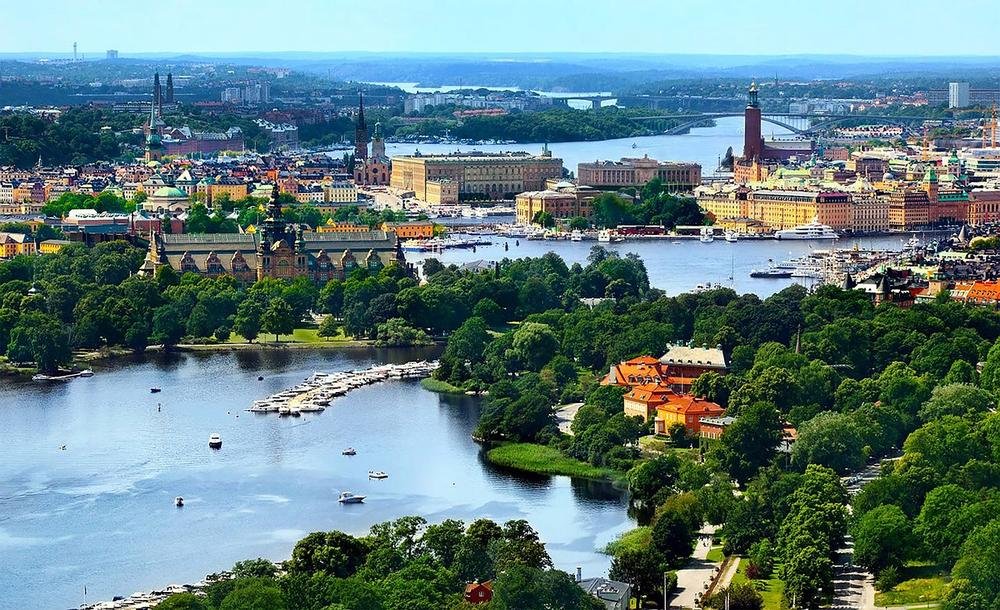
Start by returning to Stockholm’s early history as one of Europe’s great three-island medieval centres. You will be in the middle of a genuine Hanseatic trading city, where the warehouses and gabled stores are painted in various tones of gold. These currently house a wide variety of eateries, several of which have won international prizes, in addition to museums, studios, adorable boutiques, cafes, and bars. A lengthy network of parallel cobblestone pathways coming in from the water and sinking under walkways may be found on the eastern side of the old town. Come here to squeeze through the 90-centimetre-wide alley known as Mrten Trotzigs Gränd.
Monteliusvägen
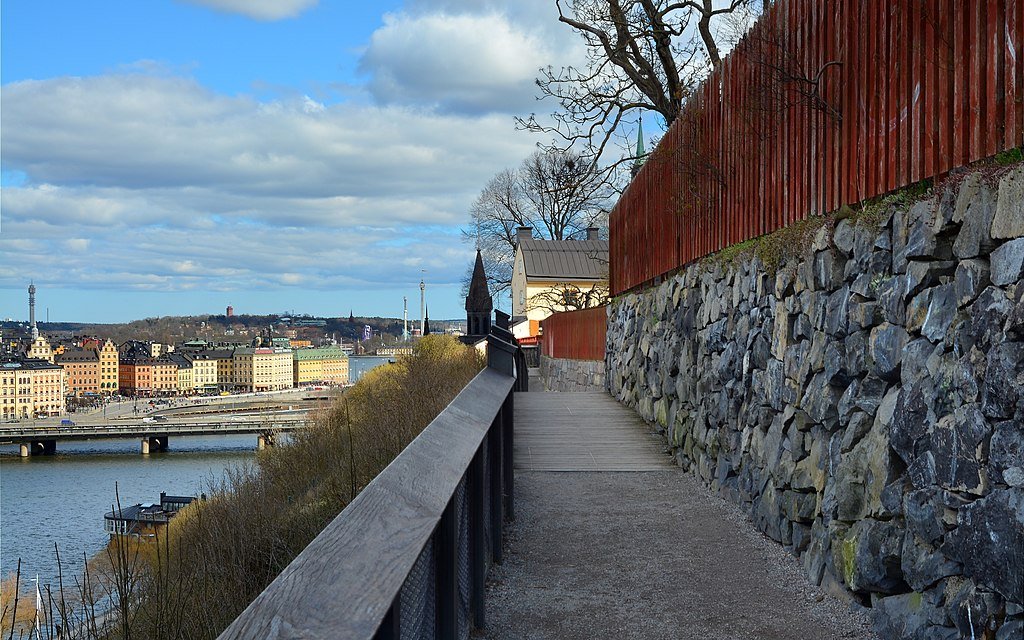
Wander across to the wooded and cobblestone route above Södermalm’s north coast before or after visiting Fotografista. This may be the most beautiful vista in a city that is bursting with them: This 500-meter trail offers the greatest views of City Hall and Gamla Stan, and the light at sunrise and sunset is breathtaking. You can see the large ships hoving into view and the smaller launches darting back and forth over Lake Mälaren. This residential area also has antique air to it, and there are several places around to grab a refreshing drink in the summer or a “Fika” in the winter.
Vasa Museum

An awesome relic from the 17th-century reign of the all-conquering King Gustavus Adolphus has been revived at this museum on the west shore of Djurgården. A 64-gun vessel named the Vasa sank on its maiden voyage in 1628. It remained in the depths until 1961 when it was lifted to the surface and slowly and painstakingly restored. The ship is the only ship of this size from the 17th century to have survived to the present day and has practically all of its original materials. A payload of artefacts that describe what it was like to sail aboard the Vasa also arrived with the ship. There is a multilingual video about the ship and its revival, and there are 10 display rooms.
Junibacken
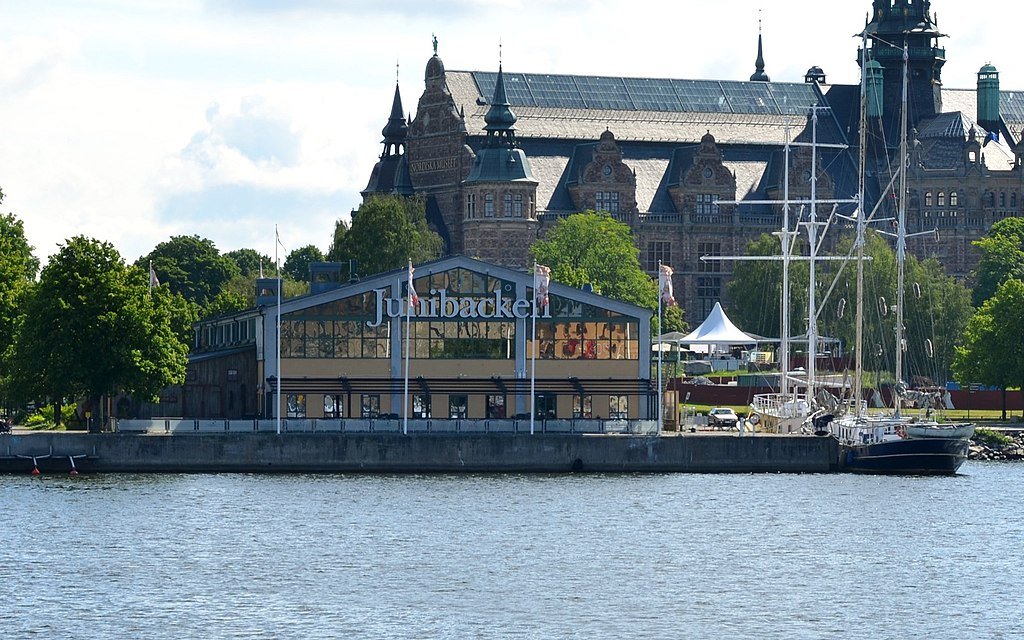
A theme park geared toward young readers, Junibacken, is based on the tales of children’s novelist Astrid Lindgren. Unquestionably one of the top 20 writers in the world in terms of translations, Lindgren has made a significant literary impact. Pippi Longstocking, whose home, Villa Villekulla, is the terminus of a whimsical train journey through the park, is her most well-known figure. The park is filled with nooks, tunnels, and tiny houses for kids to explore since it is made to pique their innate curiosity. The largest children’s bookstore in the nation is located in Junibacken, and Storybook Square serves as a sort of hall of fame for the numerous prominent children’s authors from Sweden, including Elsa Beskow and Sven Nordqvist.
Royal Palace
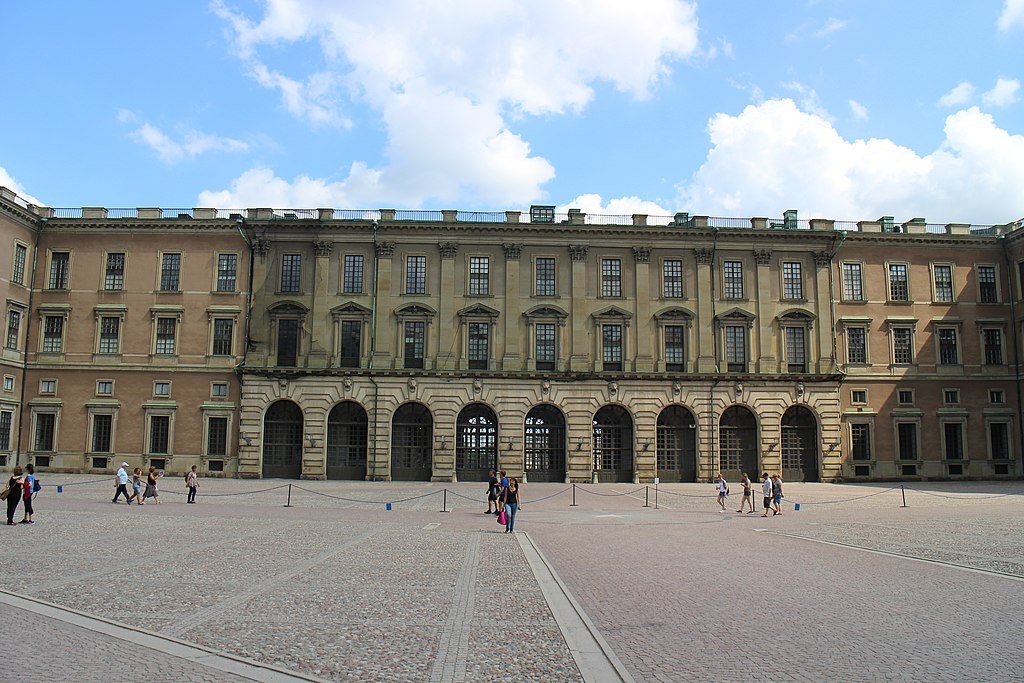
Greater than 600 rooms The Royal Palace in Stockholm rivals the biggest palaces in Europe in size. This largely 18th-century complex, which has five museums, is more than just a historical artefact: the King of Sweden still resides here, most royal events and receptions take place at the palace, and all the various departments related to the royal family run their operations in these opulent surroundings. The reception rooms, the royal apartments, the Rikssalen (Hall of State), and the Ordenssalarna are just a few of the must-see locations (Halls of the Orders of Chivalry). Of the five museums, the Treasury is predictably lavish, and Gustav III’s Museum of Antiquities has ancient Greek and Roman sculptures bought by the king during his trip to Italy in 1783–84.
Strandvägen

One of the city’s most prestigious addresses is located on stermalm, next to the water, along a boulevard and esplanade that connects Djurgrden to the city’s centre and offers views of Skeppsholmen and Gamla Stan. Strandvägen was planned for the Stockholm World’s Fair in the late 19th century and finished in 1897. The Bünsow Building, designed by Isak Gustaf Clason to resemble a château in the Loire Valley, is the pinnacle of a long sequence of opulent apartment buildings in the Revivalist style. Strandvägen is the meeting point for Stockholm’s tour boats and water taxis, and the esplanade is lined with dozens of cafes and pubs where you may stop for a quick drink before continuing your journey.
Skansen
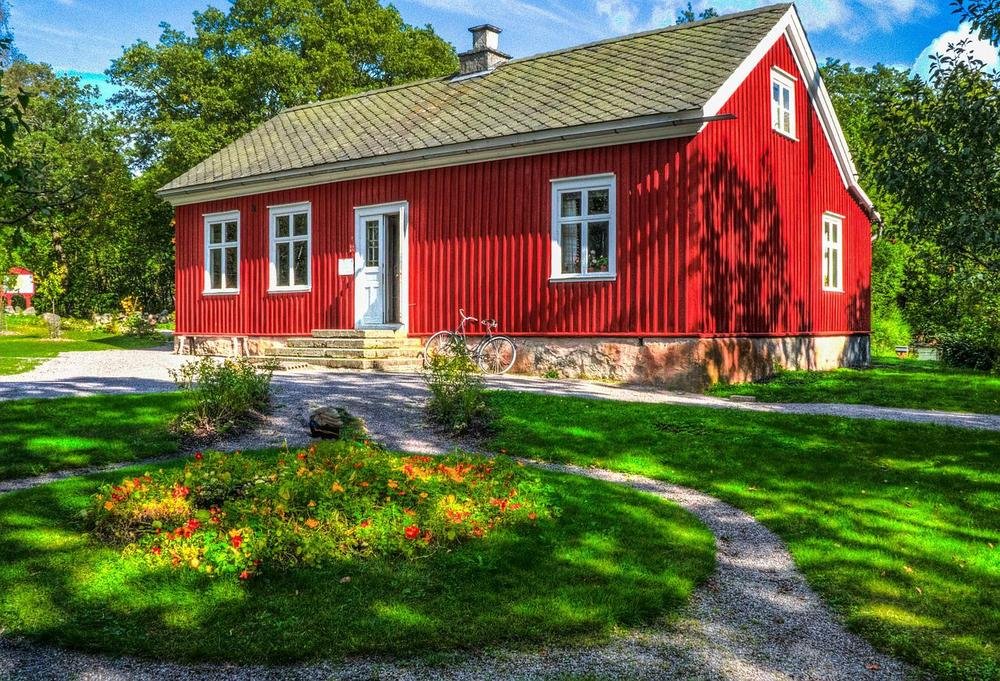
On Royal Djurgrden, the visionary educator and scholar Artur Hazelius established the first open-air museum in history in 1891. Hundreds of museums all over the world have used it as inspiration to teach future generations what life was like in Sweden before the Industrial Revolution. More than a century later, Skansen is still the best museum in its class, at 30 hectares and with a large cast recreating rural scenes from all over Sweden down to the finest detail. Among the attractions are a Sami camp from the Arctic Circle, a farm from the isolated Härjedalen province in western Sweden, and an outdoor zoo featuring wolves, lynxes, otters, grey seals, reindeer, and moose.

